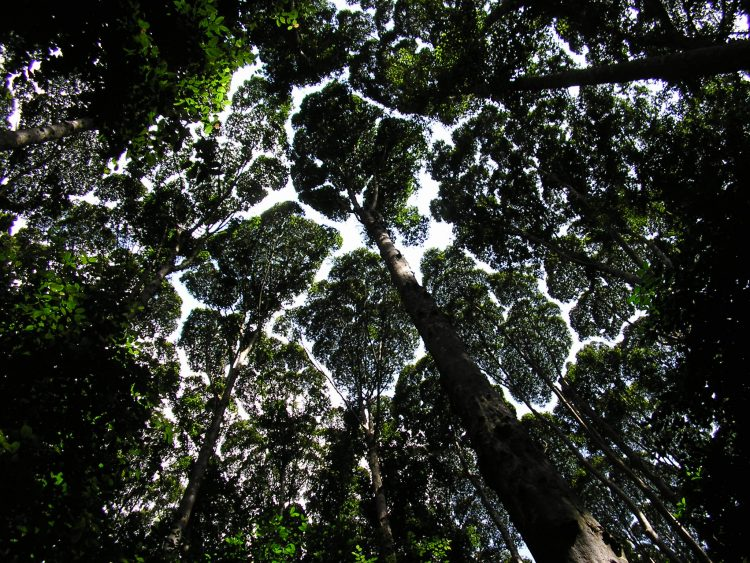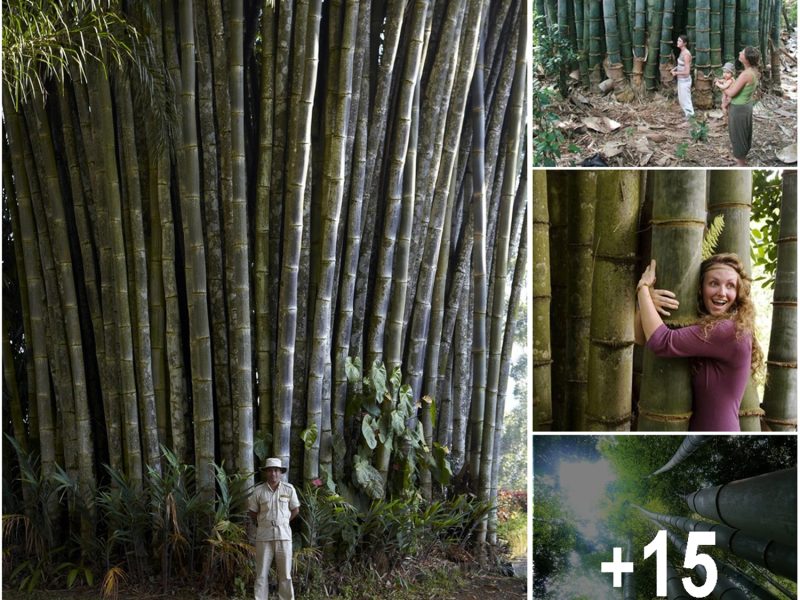Crown shyness or canopy disengagement is a mysterious natural phenomenon in which the crowns of some tree species do not touch each other, but are separated by a gap clearly visible from ground level. The effect usually occurs between trees of the same species, but has also been observed between trees of different species.

The Crown Shyness phenomenon was first documented in scientific literature during the 1920s, but researchers have since not been able to reach a consensus regarding its causes. There are many theories going around in scientific circles, most of which make sense, but no one has been able to prove without the shadow of a doubt why some trees avoid touching each other. But perhaps it’s this mystery, along with its striking appearance, that makes crown shyness such a fascinating phenomenon.

In his 1955 book “Growth Habits of the Eucalypts”, Australian forester M.R. Jacobs writes that the growing tips of the trees are sensitive to abrasion, which results in the canopy gaps known as crown shyness. In 1986, this theory was also supported by Dr Miguel Franco, who noticed that the branches of Picea sitchensis (Sitka spruce) and Larix kaempferi trees suffered physical damage during abrasion, which killed the leading branches. Some experiments have shown that if trees displaying crown shyness are artificially prevented from swaying in the wind and colliding with each other, they gradually fill up the gaps between them.

But while the above theory is arguably the most widespread, it’s certainly not the only one. Some scientists have suggested that crown shyness is a mechanism to stop the spreading of leaf-eating insects. These pests have been known to work together and create structures that extend up to 10 cm off of tree branches, in order to reach other plants, so the gaps are the tree’s natural defense mechanism.

Amusing Planet cites one Malaysian scholar who studied the Dryobalanops aromatica trees, but found no traces of abrasions, despite their clear crown shyness. Instead, he suggests that the growing tips of the trees were sensitive to light levels and stopped growing when they got too close to other trees. Science also supports this theory, as plants are able to sense how close they are to other plants by detecting a specific frequency of light called far-red light. This allows them to compete with their neighbors over light needed to keep growing.
In a video I posted at the bottom of this article, a tour guide explains that according to “the best scientific explanation so far” the leaves of the Borneo camphor tree release ethanol to stop other trees from growing to close.

